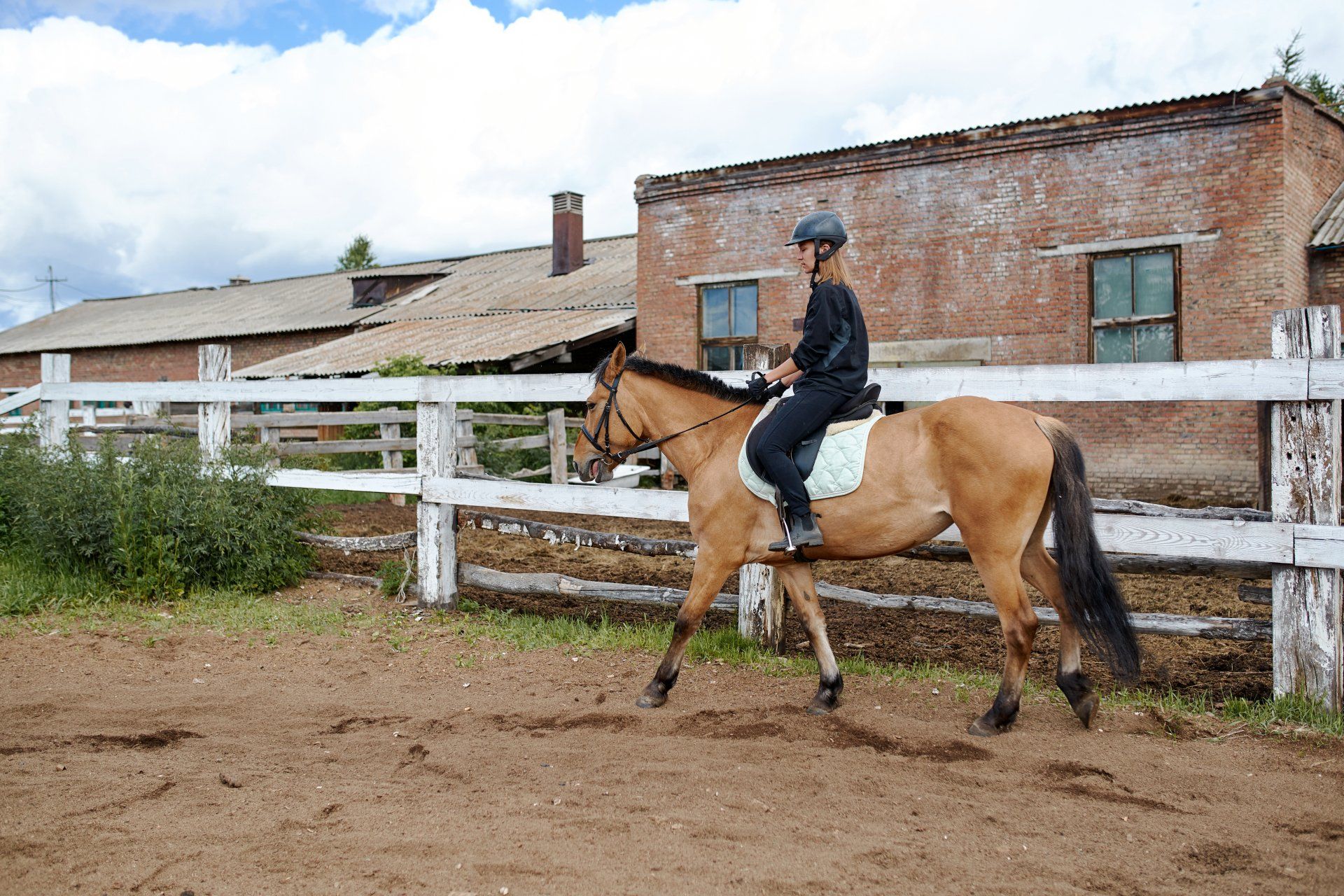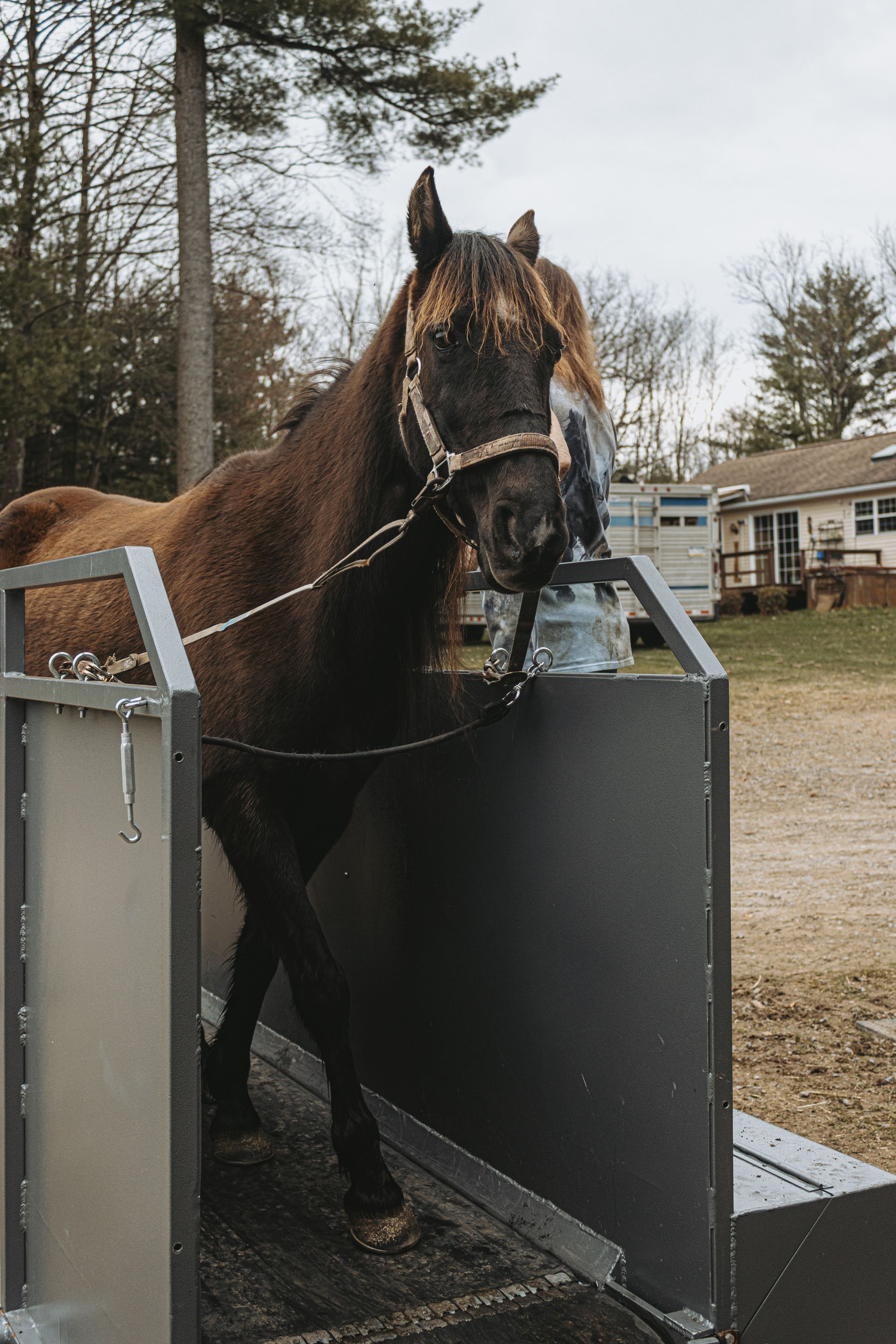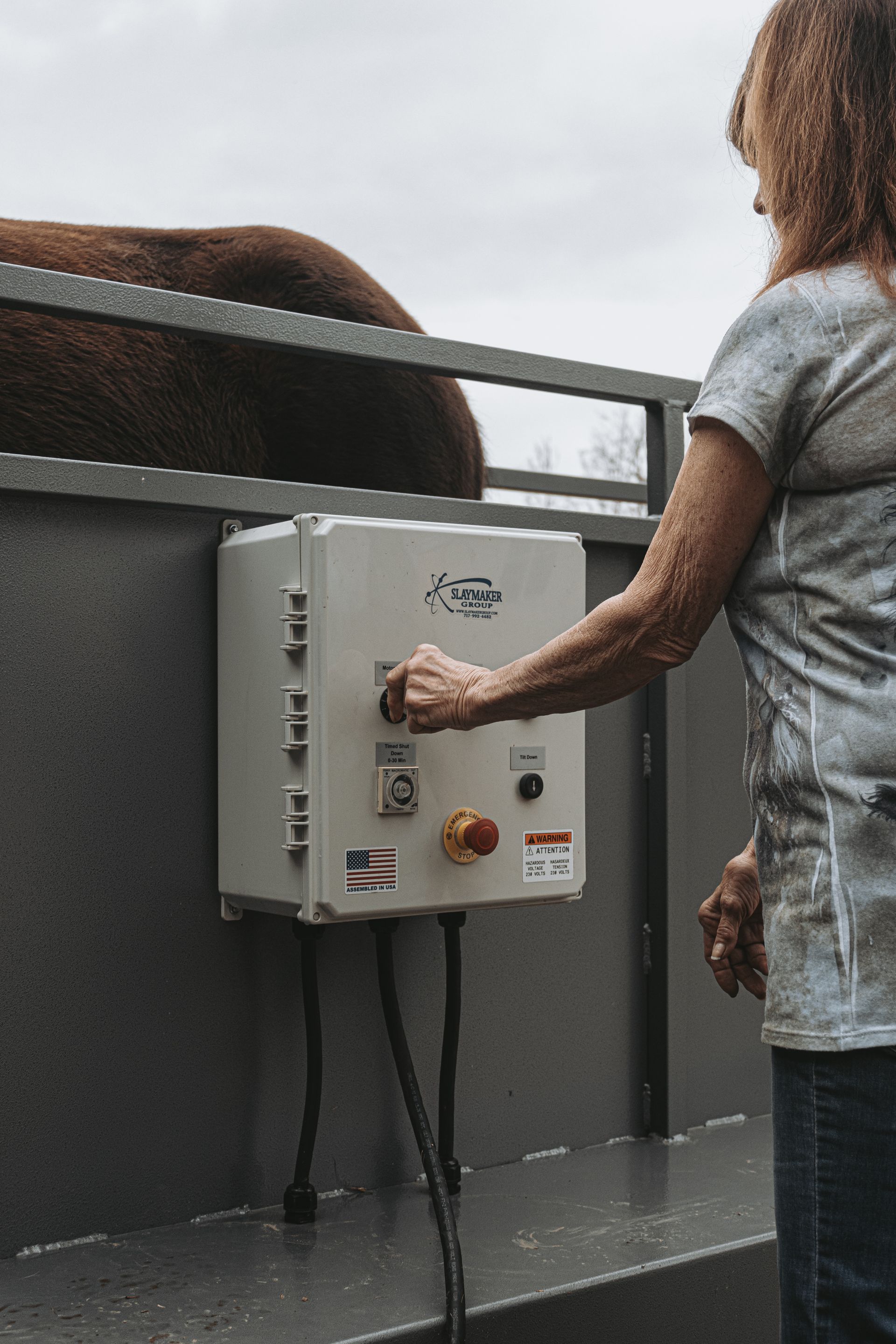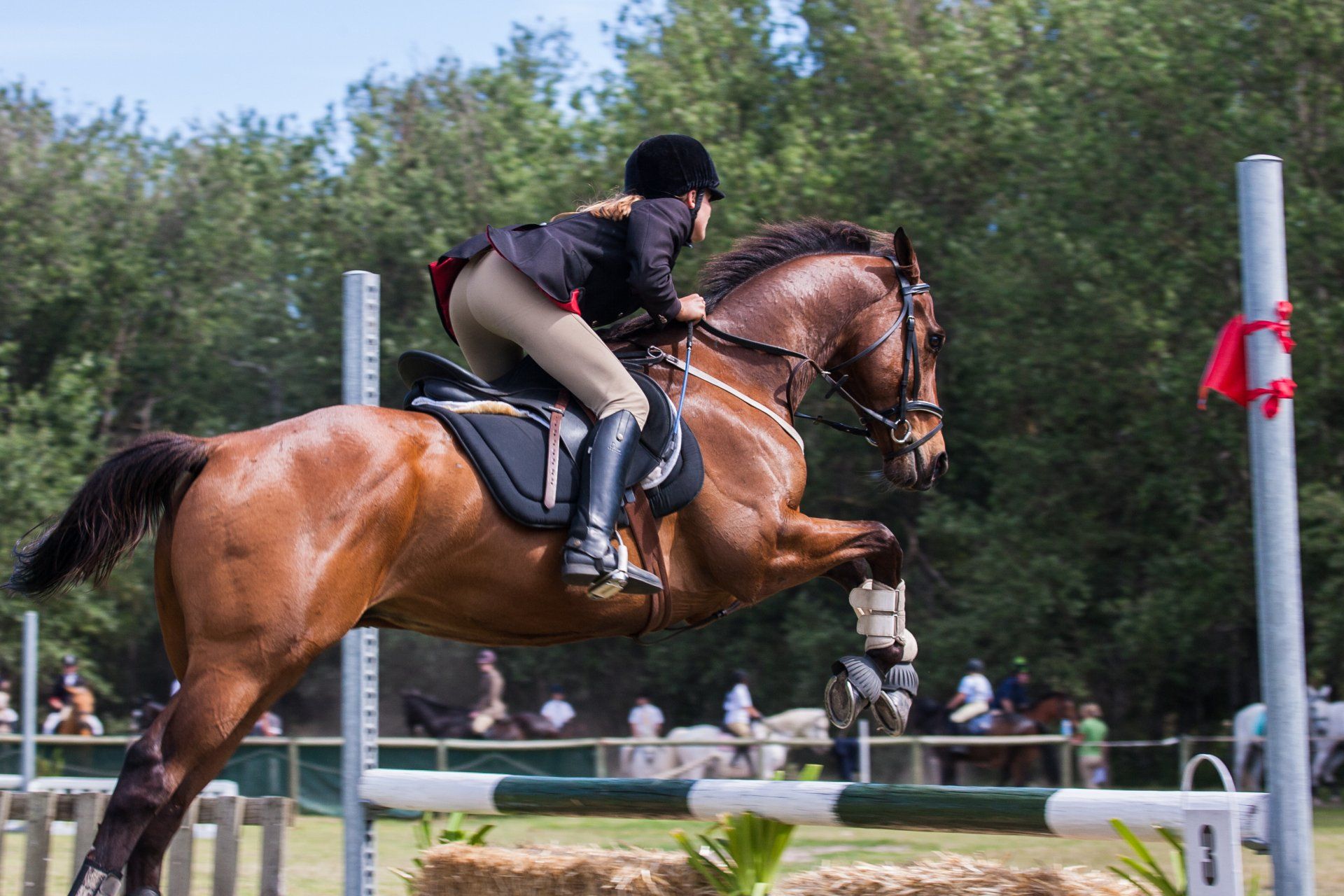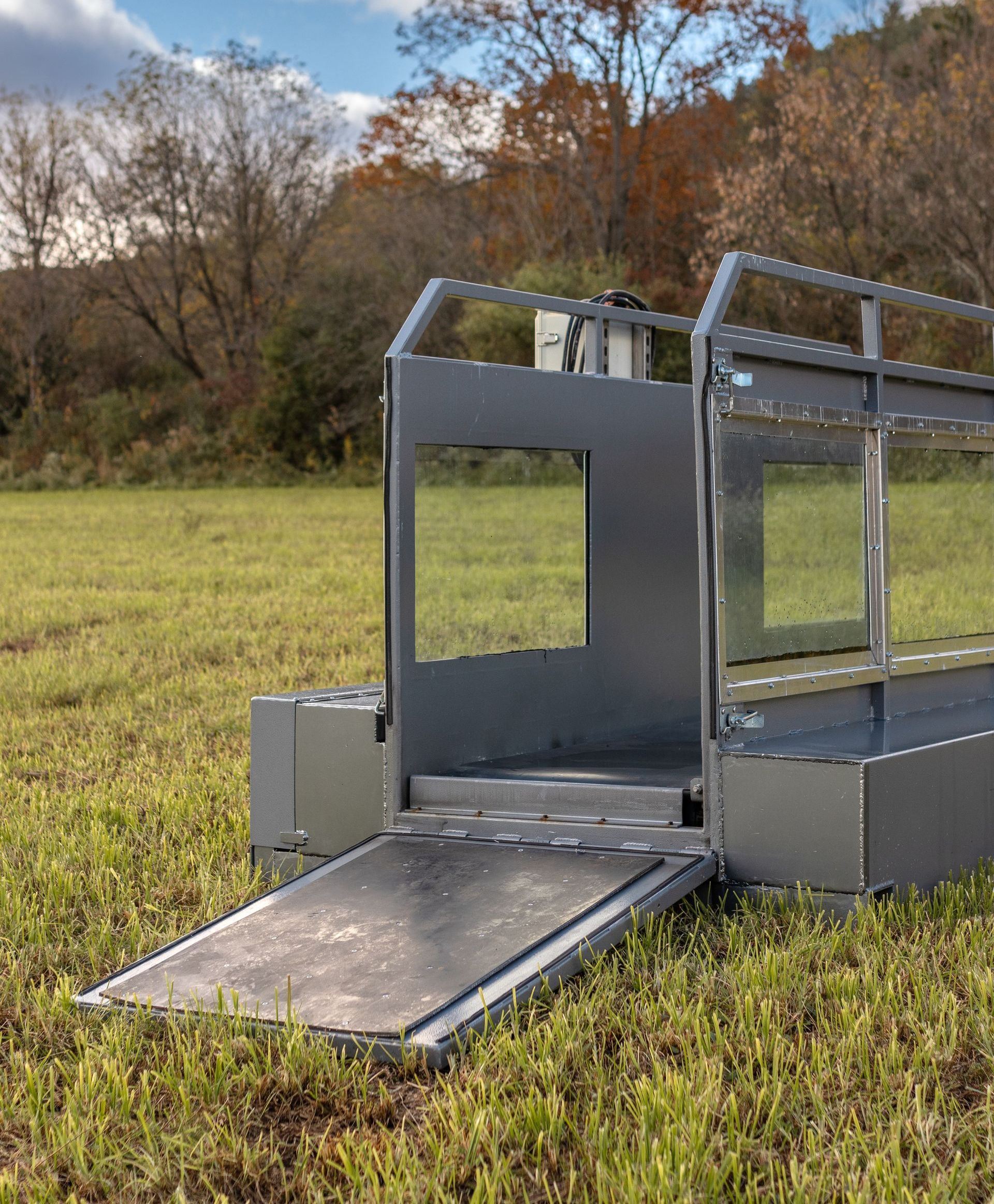The Best Physiotherapy for Horses: Preventing and Treating Equine Injury
How to Prevent Treat Injury in Horses

Physiotherapy can be instrumental in maintaining your horse's health and aiding injury recovery. Whether recreational, professional, endurance riding or trail riding, the well being of your horse is paramount. At Treadlite Treadmills we want to see every horse performing at their best. Our treadmills are intended to help strengthen muscles and increase endurance, reducing risks of injuries and treating injuries, effectively and professionally. Discover the best practices, exercises, and equipment for improving your horse’s mobility, strength, and overall well-being.
Understanding Equine Physiotherapy
Equine physiotherapy is a specialized field focusing on the physical rehabilitation of horses. It encompasses a range of techniques and exercises designed to alleviate pain, restore function, and enhance performance. Key benefits of physiotherapy for horses include:
- Pain Relief: Reducing discomfort from injuries or chronic conditions.
- Improved Mobility: Enhancing range of motion and flexibility.
- Strength Building: Increasing muscle strength and endurance.
- Injury Prevention: Minimizing the risk of future injuries through conditioning.
- Enhanced Recovery: Speeding up recovery from surgeries or injuries.
Best Physiotherapy Practices
To effectively implement physiotherapy for your horse, follow these best practices:
1. Initial Assessment
Before starting any physiotherapy regimen, a thorough assessment by a qualified veterinarian or equine physiotherapist is essential. This assessment will identify specific issues, set goals, and create a tailored treatment plan.
2. Manual Therapies
Manual therapies involve hands-on techniques to manipulate muscles and joints. Standard manual therapies include:
- Massage Therapy: Helps relieve muscle tension, improve circulation, and promote relaxation.
- Joint Mobilization: Enhances joint flexibility and range of motion.
- Myofascial Release: Targets the connective tissue (fascia) to alleviate tightness and pain.
3. Therapeutic Exercises
Therapeutic exercises strengthen muscles, improve coordination, and enhance overall physical function. Key exercises include:
- Stretching: Regular stretching exercises improve flexibility and prevent stiffness.
- Strength Training: Exercises like hill, pole, and resistance training build muscle strength.
- Treadmill Interval Training: A specialized horse treadmill allows you to easily transition between different speeds and inclines without major joint impact.
- Proprioceptive Training: Balance work and coordination drills improve body awareness and stability.
4. Hydrotherapy
Hydrotherapy uses water to aid in the rehabilitation process. The buoyancy and resistance of water provide a low-impact environment for exercise. Standard hydrotherapy methods include:
- Swimming: Enhances cardiovascular fitness and muscle strength without stressing the joints.
- Underwater Treadmill: Combines the benefits of treadmill exercise with the supportive properties of water.
5. Electrotherapy
Electrotherapy uses electrical energy to promote healing and pain relief. Popular electrotherapy techniques include:
- Transcutaneous Electrical Nerve Stimulation (TENS): Provides pain relief by stimulating nerves.
- Neuromuscular Electrical Stimulation (NMES): Strengthens muscles by causing controlled contractions.
- Laser Therapy: Uses light energy to reduce inflammation and promote tissue repair.
Essential Physiotherapy Equipment
Incorporating the right equipment into your physiotherapy routine can significantly enhance the effectiveness of treatments. Some essential physiotherapy equipment includes:
- Therapy Bands and Tubing: These are used for resistance exercises to build strength and flexibility.
- Balance Pads and Stability Balls: Aid in proprioceptive training and improve balance.
- Heat and Cold Therapy Packs: Provide thermal therapy to reduce inflammation and alleviate pain.
- Portable Ultrasound Devices: Promote tissue healing through deep-penetrating sound waves.
- Massage Tools: Handheld tools designed for targeted muscle relief and improved circulation.
- Treadmills: Horse treadmills provide the best, controlled environment within which a horse can receive guided therapy and rehabilitation. Their every movement and speed can be controlled. Resistance or reduced impact using water treadmills can be utilized for ultimate healing and strengthening.
Physiotherapy is a powerful tool in maintaining and improving your horse’s health, mobility, and performance. Understanding and implementing the best physiotherapy practices, exercises, and equipment can help your horse achieve optimal well-being and recover more effectively from injuries.
At
Treadlite, we are committed to providing high-quality physiotherapy equipment and resources to support the health and performance of your horse.
Contact us today to learn more about our products and how we can assist you in developing an effective physiotherapy program for your horse.

